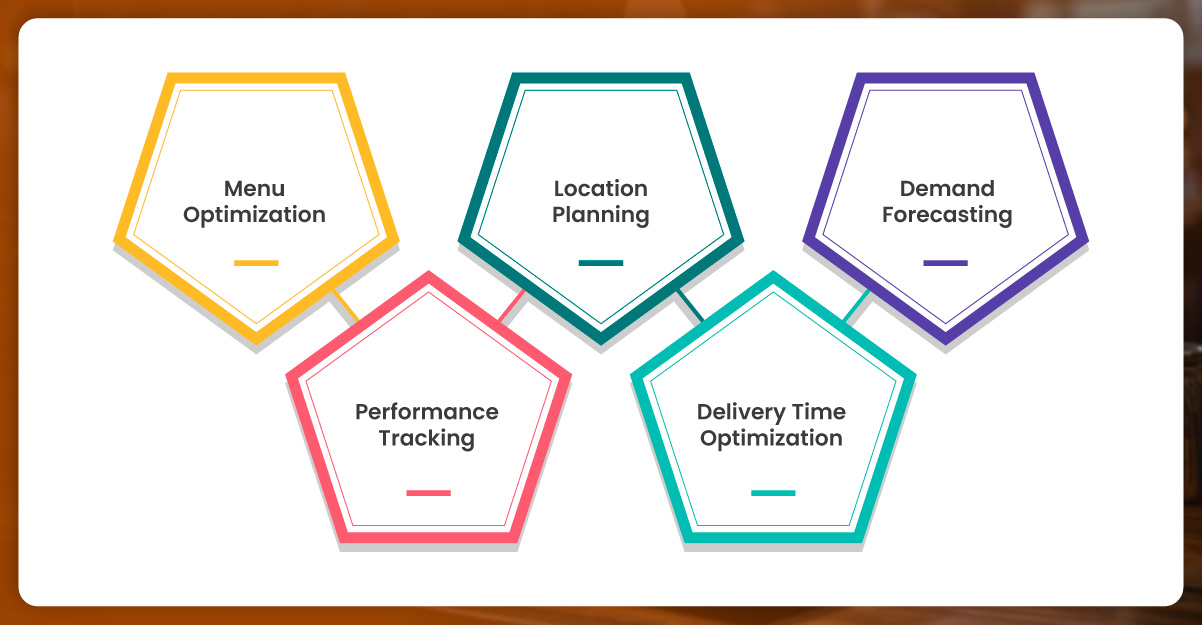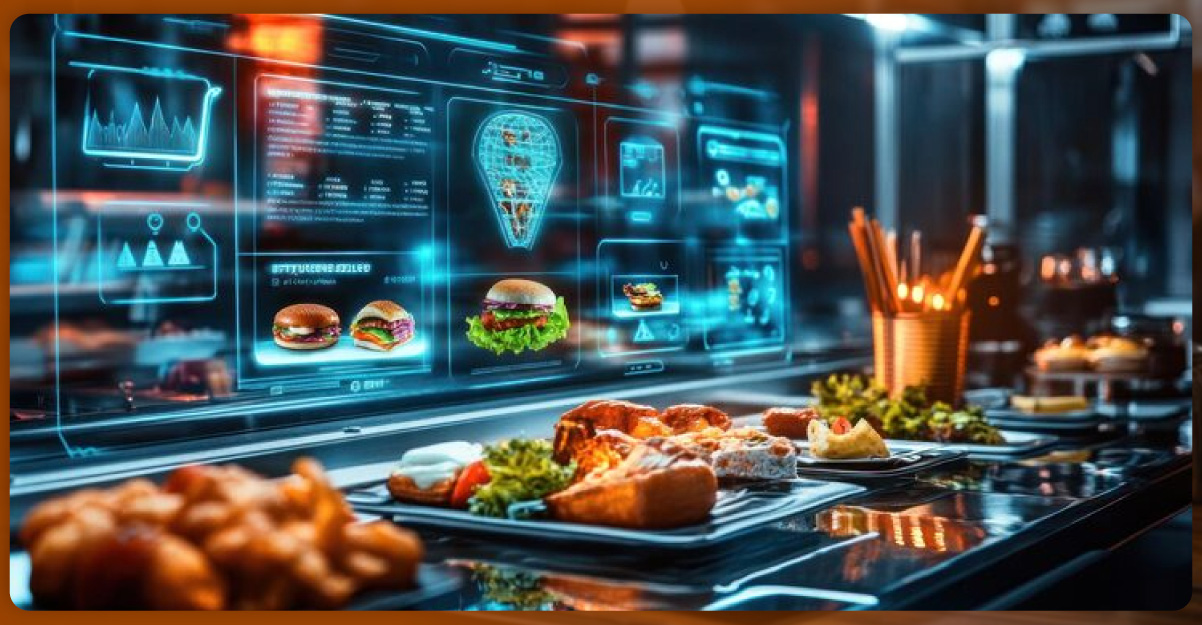

In the digital-first dining world, restaurant data scraping API solutions have emerged as the backbone of food industry analytics. With millions of restaurant listings, menus, customer ratings, and delivery details available online, extracting structured information in real time helps brands, analysts, and aggregators make data-driven decisions. Whether you’re analyzing menu pricing, delivery performance, or consumer dining preferences, APIs offer unmatched scalability and automation.
Modern tools enable the seamless collection of restaurant metadata, menu details, and location-based offers. These insights play a vital role in food delivery data analytics, where platforms use real-time information to assess customer behavior, optimize delivery pricing, and track restaurant performance. Through automated data pipelines, businesses can monitor restaurant ecosystems efficiently, enabling a data-first approach to food service intelligence.
The ability to implement restaurant data scraping strategies provides access to thousands of restaurant profiles from leading platforms such as Zomato, DoorDash, and Uber Eats — creating a competitive advantage in a highly dynamic market.

APIs allow businesses to extract restaurant data at scale — from menu items and reviews to delivery fees and location details — without manual effort. Here’s why this technology is revolutionizing the global restaurant ecosystem:
1. Real-Time Access to Restaurant Data
APIs provide continuous access to structured data, ensuring that restaurant listings, pricing, and menu updates are always current.
2. Enhanced Business Intelligence
Data collected from multiple food delivery platforms helps businesses compare performance metrics, delivery times, and user sentiment across locations.
3. Streamlined Data Integration
Through standardized data formats, APIs allow smooth integration into BI dashboards, CRMs, and analytics platforms for deeper insights.
4. Comprehensive Market Research
By combining listings and menu datasets, businesses can identify food trends, new cuisines, and emerging market opportunities.
5. Improved Customer Targeting
API data supports personalized marketing strategies, loyalty programs, and hyperlocal advertising by leveraging consumer behavior data.

Restaurant data includes multiple layers of information that businesses can analyze for competitive insights. The ecosystem covers:
With Zomato restaurant data scraping, for example, businesses can aggregate thousands of restaurant profiles, collect menu-level information, and track dynamic pricing changes. This helps food aggregators and restaurant owners monitor local competitors effectively.
Both DoorDash and Uber Eats have become data goldmines for analytics professionals. The insights extracted from these platforms empower brands to improve operations, pricing, and delivery models.
DoorDash Insights
DoorDash delivery analytics Data provides details about restaurant visibility, delivery performance, and customer feedback. Extracting and analyzing this data helps in understanding which locations perform better, what pricing strategies work, and how delivery times affect consumer satisfaction.
Uber Eats Data Opportunities
Similarly, UberEats partner data extraction offers intelligence on restaurant partnerships, menu updates, and user ratings. This data is crucial for food tech startups, delivery partners, and market researchers aiming to forecast trends or analyze demand.
Global food delivery is a multibillion-dollar industry growing exponentially. By using APIs to Scrape global food delivery trends data, analysts can track how menu preferences, pricing, and delivery habits change across countries.
Here are key insights that businesses can derive:
APIs make it possible to create automated dashboards that refresh data daily — giving real-time visibility into global dining behavior and delivery trends.
The Value of Menu Data
Collecting detailed menu information allows businesses to analyze consumer pricing psychology, identify trending dishes, and spot ingredients gaining popularity. Through Restaurant menu data scraping, one can gather precise menu data from multiple sources, ensuring complete visibility into competitors’ offerings.
Competitor Price Monitoring
With Restaurant competitor menu price scraping, businesses gain insight into pricing strategies of nearby restaurants or delivery partners. This helps in making informed decisions about promotional pricing, bundling offers, and seasonal adjustments.
Today’s advanced tools empower brands to Extract dining data intelligence by merging data from multiple delivery platforms. The insights derived can guide decision-making across operations, marketing, and logistics.
Key Benefits Include:

Additionally, API-based restaurant monitoring automates the tracking of daily updates from restaurant aggregators — enabling businesses to react instantly to changes in ratings, menus, or delivery terms.
Data integration plays a vital role in multi-platform analytics. With Zomato API data DoorDash API integration, businesses can consolidate restaurant listings, reviews, and menu data from both sources into a unified dataset. This integration ensures uniformity in data reporting and reduces redundancy while allowing comparison across multiple delivery ecosystems.
Such combined datasets serve as powerful resources for analytics, helping businesses analyze pricing variations, delivery speeds, and customer satisfaction levels across platforms.

1. Market Research Firms
They use APIs to track restaurant openings, new cuisines, and competitive pricing strategies.
2. Food Delivery Startups
These startups utilize APIs to monitor partner performance and identify service improvement areas.
3. Restaurant Chains
Global chains analyze delivery fees and customer feedback to standardize experiences across regions.
4. Data Analytics Companies
They create dashboards and predictive models from structured restaurant data for clients.
5. Financial and Investment Firms
Such firms use restaurant performance data to assess market trends before investing in food tech ventures.
Empower your brand with real-time restaurant intelligence. Contact us today to explore tailored Restaurant Data Scraping API solutions for your business growth!
While the potential is immense, challenges like dynamic website structures, frequent API updates, and rate limitations can affect performance. To overcome these, businesses should:

The future lies in real-time integration and predictive modeling. Machine learning and AI-driven analytics, powered by restaurant APIs, will help restaurants forecast demand, optimize menu designs, and reduce waste. Advanced data scraping tools will automate quality assurance, ensuring high accuracy and compliance with data standards.
From delivery analytics to price intelligence, APIs are redefining how food businesses operate. Using UberEats API along with other integrations helps companies capture a 360° view of restaurant ecosystems. The demand for Food Data Scraping API Services is rising as businesses seek structured, reliable, and scalable data extraction methods. By leveraging Restaurant Menu Datasets, organizations can uncover market trends, monitor competitors, and build actionable insights that drive smarter decisions across the global food delivery landscape.
Experience top-notch web scraping service and mobile app scraping solutions with iWeb Data Scraping. Our skilled team excels in extracting various data sets, including retail store locations and beyond. Connect with us today to learn how our customized services can address your unique project needs, delivering the highest efficiency and dependability for all your data requirements.
A Restaurant Data Scraping API extracts menus, reviews, prices, and delivery data in real time for QSRs, aggregators, and analytics platforms.
APIs track menu pricing, reviews, and delivery trends from Zomato, DoorDash, or Uber Eats to analyze competitor performance in real time.
Food delivery analytics reveals demand patterns, top cuisines, and pricing gaps to refine restaurant strategy and marketing decisions.
Competitor menu price scraping identifies pricing trends, helps optimize offers, and enhances revenue through data-backed menu strategies.
Dining data intelligence helps restaurants forecast demand, optimize menus, and choose profitable delivery zones for market expansion.